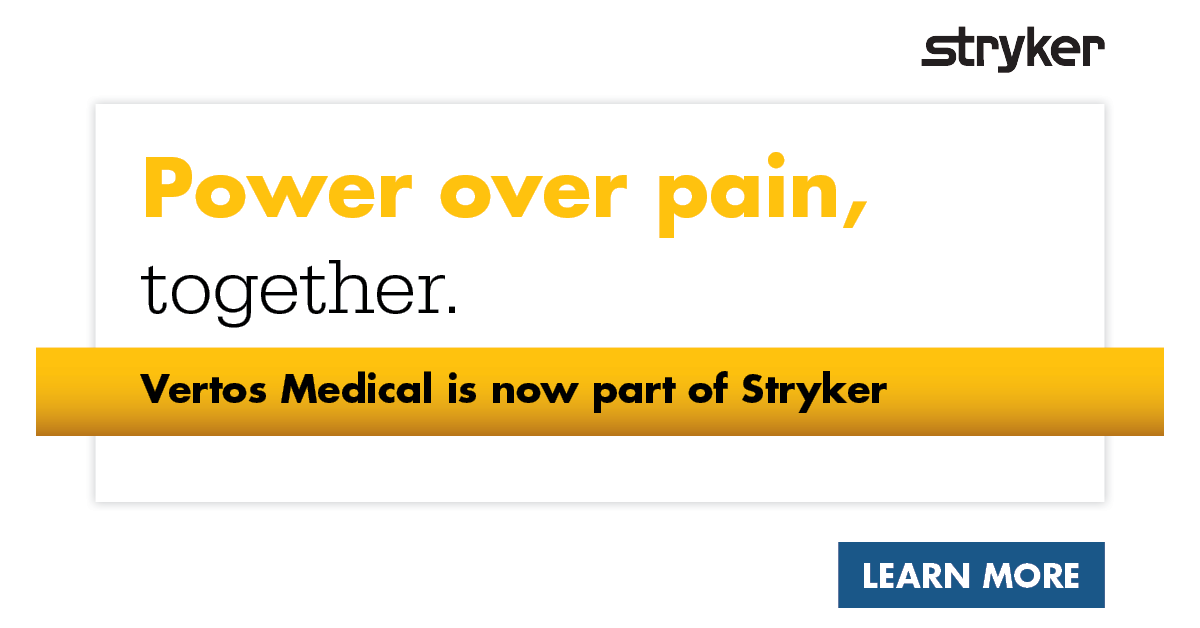Find a Doctor Offering More Than Epidural Steroid Injections for Lower Back Pain
Published January 25, 2022
There’s good news for patients suffering from chronic lower back pain caused by lumbar spinal stenosis (LSS), as effective treatment options have become more widely available. Traditionally, administering a series of epidural steroid injections (ESIs) had been considered the standard of care, but the short-term results—typically lasting less than 6 months—left many doctors and patients looking for a more durable solution. Rather than enduring one injection after another, up to 2-3 injections per year, the minimally invasive mild® Procedure has become an increasingly sought after alternative for patients with LSS.
A recent study published in Future Medicine, highlighted some of the top reasons doctors and patients are making the move to the mild® Procedure, or, minimally invasive lumbar decompression. The mild® Procedure is a treatment option that addresses a major root cause of LSS, requires only local anesthetic and light sedation, and leaves no implant behind.
Here’s an overview about ESIs, the mild® Procedure, and how to find an interventional pain provider capable of telling you more about the procedure and its potential benefits.
Epidural Steroid Injections
Epidural steroid injections—medication injected in the lower spine to reduce swelling and offer pain relief—are typically offered to lumbar spinal stenosis patients when non-medical care methods like exercise and physical therapy have failed to provide relief.
The steroid medication in the injection is believed to reduce inflammation, which relieves pain. However, injections only treat the symptoms of stenosis and do not address the problem’s root cause.
The effects of an epidural steroid injection typically last less than 6 months so patients generally require 2-3 injections per year. Repeat steroid use is known to increase risk of infections and may cause bone loss (osteoporosis).
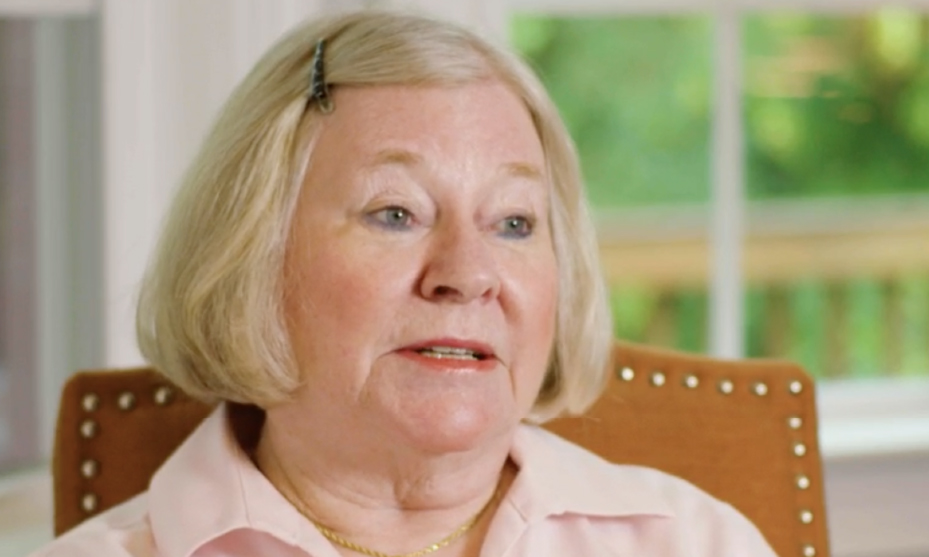
“Being in pain constantly is frustrating. I’m an active person and I wanted to get better. My orthopedic surgeon diagnosed me with spinal stenosis and ordered 3 injections of the cortisone over a period of about 4 weeks. The first shot took away the severe pain, but I was still hurting. And that remained the case after the second and third injections.
I waited about 2 months and then he gave me 2 options: open back surgery, with metal plates between the vertebrae, or get more shots. I wanted something simple that would make me better, and that’s when I found the mild® Procedure.”
-Faye, mild® Patient
Minimally Invasive Lumbar Decompression: The mild® Procedure
If epidural steroid injections aren’t effective for you, it’s important to know that your interventional pain provider may offer other treatment options. Proactively discussing and considering different options can help you and your doctor make the right treatment decision at the appropriate time.
The recent study highlighted several advantages of the mild® Procedure, including:
- The mild® Procedure addresses a major root cause of lumbar spinal stenosis by removing excess ligament. This restores space in the area around the spinal cord, reducing pressure on the nerves in the lower back.
- The mild® Procedure has been shown to provide superior clinical performance to epidural steroid injections and provides lasting relief, with 88% of patients avoiding open back surgery for at least 5 years
- The mild® Procedure is a short outpatient procedure. It is typically performed using only local anesthetic and light sedation through a single incision that is smaller than the size of a baby aspirin (5.1mm).
- The procedure does not require stitches, staples, or complex bandaging. Typically, patients leave the outpatient procedure facility with a just a Band-Aid covering their incision and visit their doctor a few weeks later.
- The mild® Procedure does not leave behind an implant, and patients typically resume normal activity in 24 hours with no restrictions
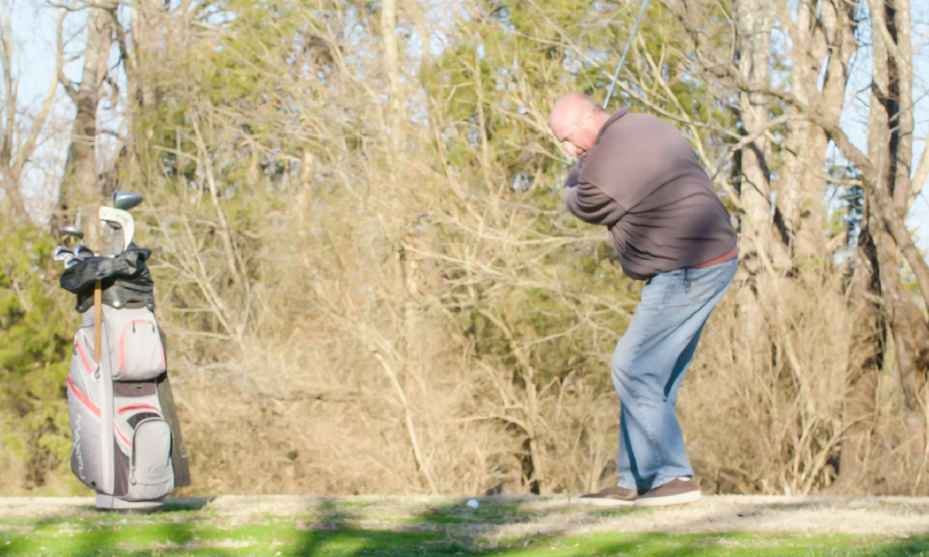
“After mild®, I felt great, and the results have lasted. My golf game is nearly back, too. Anybody that meets the criteria of the procedure should do it. Why live in pain if you don’t have to?”
-Dante, mild® Patient
Find a mild® Doctor
Finding a doctor that offers the mild® Procedure is easy. The fastest way is to use the Find a mild® Doctor feature available on this website. The finder can help you locate a mild® provider in your preferred radius of your address, city, or ZIP code.

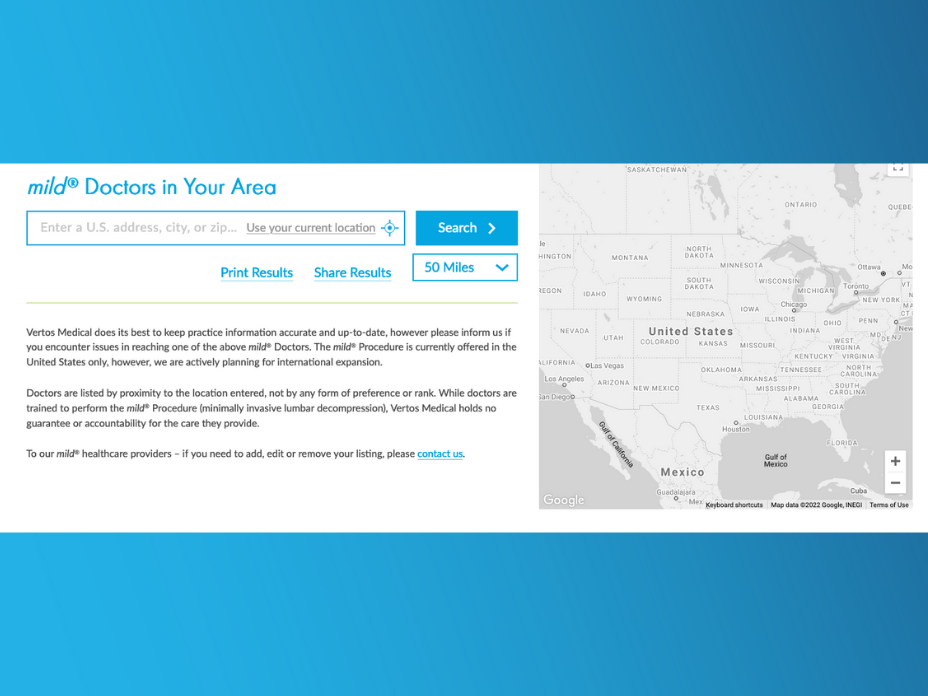
Questions to Ask Your Doctor
When discussing treatment options with your doctor, be sure to ask specific questions, including:
- How effective is the treatment I will receive?
- How long will the treatment provide relief from my pain/discomfort?
- What are the risks of the treatment? What are the benefits?
- Where will the procedure be performed? How long does the procedure take?
- How long is the recovery?
Hear Linda’s story on how mild® relieved her pain and enhanced her everyday life.
When to Start Your Search
The best time to start searching for a mild® Doctor is today. Chronic lower back pain caused by lumbar spinal stenosis typically worsens in severity over time, making early intervention crucial to restoring healthy function, movement, and quality of life. The study discussed here supports early use of the mild® Procedure, finding that:
- There is no benefit to performing multiple epidural steroid injections before the mild® Procedure
- Performing multiple epidural injections delays the patient from receiving a longer-lasting, more effective mild® treatment
- Performing the mild® Procedure immediately upon diagnosis of lumbar spinal stenosis with thickened ligament, or after failure of the first epidural steroid injection, is recommended
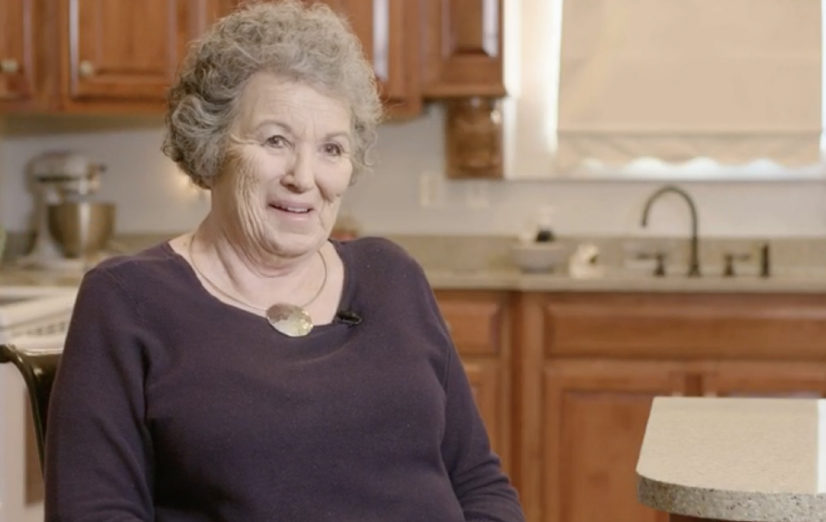
“Before the mild® Procedure, I had a hard time standing anytime at all, so that affected my baking and my cooking, sweeping the porch, pulling weeds: just everything I did, it affected it. I was probably able to walk for 10 to 15 minutes at a time. As a matter of fact, I told my family that unless something changed, we wouldn’t be having a big Christmas next year. After 2 epidural injections, I was already finished with them. Then, I had the mild® Procedure done, and it was a miracle. I do feel happier, I feel better. My friends and family can’t believe the difference. Christmas dinner is back on, because grandma’s back to cooking.”
-Lynn, mild® Patient
If you’re ready to learn more about the mild® Procedure, talk to your interventional pain provider or Find a mild® Doctor today.

